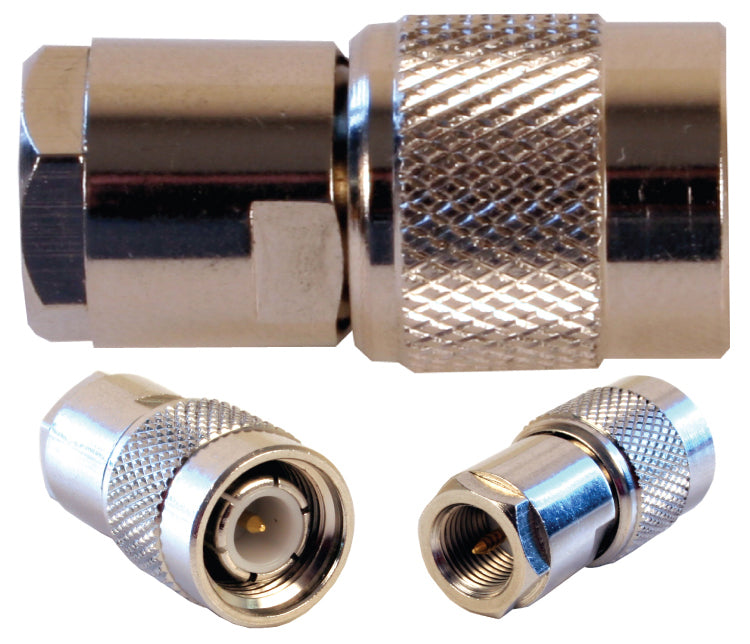Wilson 971106 FME-Male to TNC-Male Connector
90-Day Returns • Free Shipping $100+ • 2-Year Warranty
How to Choose the Right Antennas for Your Booster
Outside Antennas:
- Yagi Directional Antenna: This antenna is more powerful because it focuses on sending and receiving signals in one direction. It works best when there are no major obstacles blocking its path to the cell tower. It's not ideal for areas with large obstructions like hills or buildings.
- Omni Antenna: This antenna sends and receives in all directions, so it's better for hilly areas or if you need to support multiple carriers with towers in different directions. It doesn’t need to be aimed, but it also isn’t as strong as the Yagi antenna.
- High Gain LPDA Antenna: Perfect for areas with very weak signals, this antenna significantly boosts signal strength. It needs a clear line of sight to the cell tower and requires a sturdy mount because of its size.
Inside Antennas:
- Panel Antenna: Can be placed on walls or ceilings and directs the signal towards a specific area. This antenna is great for homes and tall ceilings in buildings.
- Standard Dome Antenna: Designed to mounted on the ceiling, this antenna spreads the signal evenly throughout the area. It's best suited for drop ceilings or spaces where cables can be run above the ceiling.
- Ultra-Thin Dome Antenna: This slim antenna also mounts to the ceiling, but is much is less noticeable. It's much stronger than a standard dome antenna, making it a great choice for places where both looks and signal strength are important.
Tips for Choosing:
- Choose Omni Antennas for general coverage with no aiming required.
- Choose Directional Antennas (Yagi or LPDA) when you can point directly at a cell tower and need stronger signal and more inside coverage.
- Interior Size Considerations: One antenna per 750-1,500 sq ft in homes, or 1,500-2,500 sq ft in open spaces like offices and warehouses.
Product Overview
Product Overview
The Wilson 971106 FME-Male to TNC-Male Connector is designed to facilitate connections between components with FME-Male and TNC-Male interfaces. This adapter plays a crucial role in ensuring seamless compatibility and integration across various devices, enhancing the efficiency of signal transmission and overall system performance.
- Seamless Compatibility: Designed to bridge FME-Male to TNC-Male interfaces, ensuring smooth and reliable connections between different components.
- Enhanced Signal Transmission: Promotes efficient signal flow, which is crucial for maximizing the performance of your signal booster system.
- Optimal System Layout: Facilitates the ideal arrangement of your components, allowing for the most effective signal enhancement possible.
- Durable Design: Constructed with high-quality materials to withstand regular use and maintain performance over time.
- Essential for System Performance: An indispensable tool for anyone looking to achieve the best functionality and compatibility in their signal boosting setup.
With the Wilson 971106 FME-Male to TNC-Male Connector, integrating and optimizing your signal booster system becomes straightforward, ensuring all components work together seamlessly for optimal signal enhancement.


